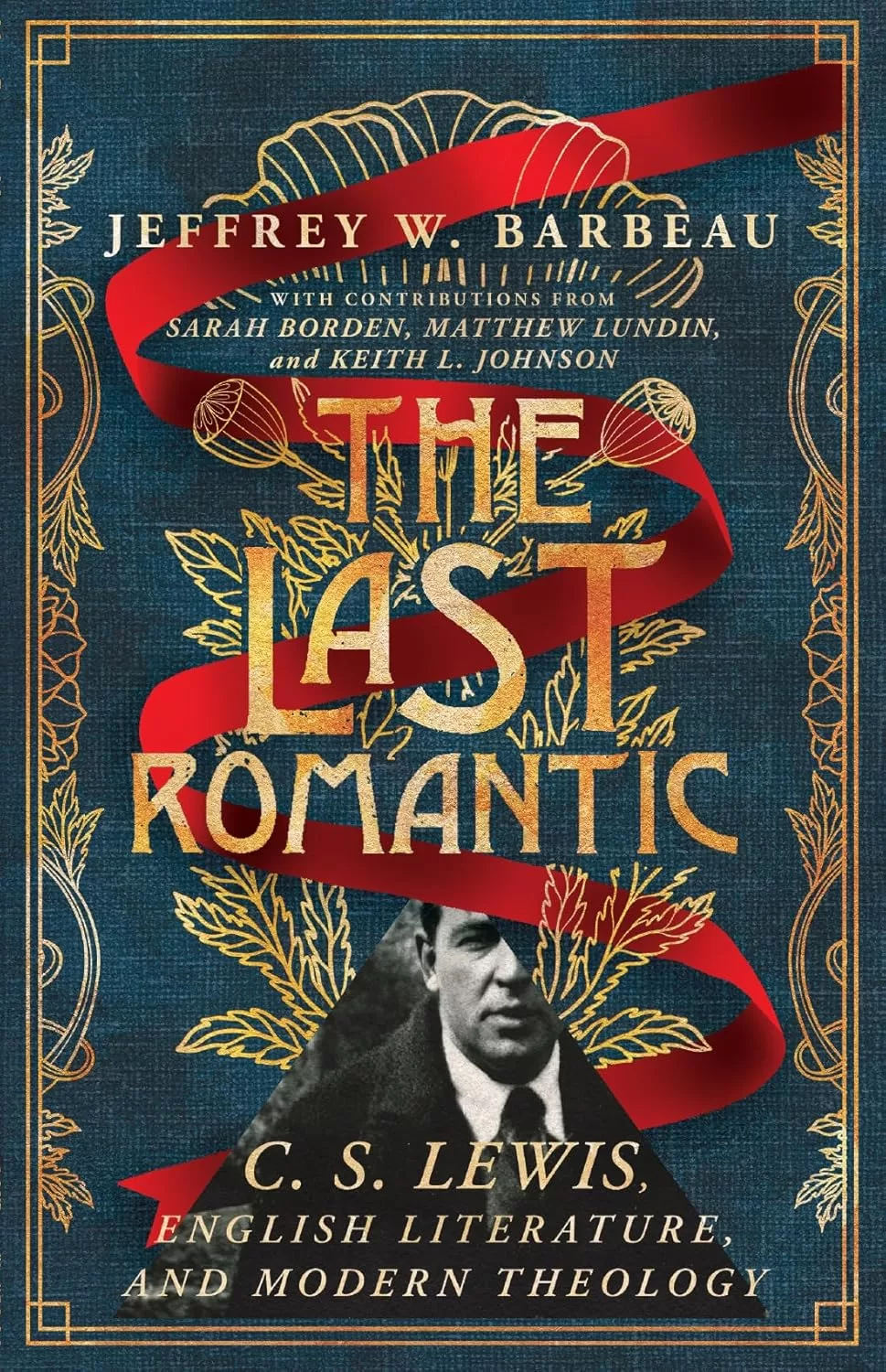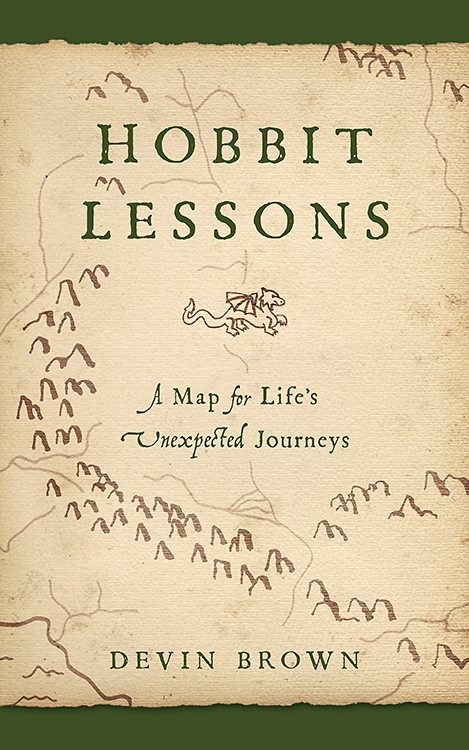Hey, everybody! Welcome back to Tumnus’ Bookshelf, where we review any and all books written by, about, and inspired by CS Lewis, The Land of Narnia, and The Inklings. For today’s review, we will be looking at Professor Jeffrey W. Barbeau’s new book, The Last Romantic: CS Lewis, English Literature, and Modern Theology.
Title: The Last Romantic: CS Lewis, English Literature, and Modern Theology. ( Hansen Lecture Series)
Author(s): Jeffrey W. Barbeau, with contributions from Sarah Borden, Matthew Ludin, and Keith L. Johnson.
Publisher : IVP Academic (January 28, 2025)
ISBN-10 : 1514010518
ISBN-13 : 978-1514010518
Summary:
For almost a century, the theological works of CS Lewis have stood as pillars of the genre, making sound, coherent logical arguments that are at times difficult to argue, that go beyond trite and empty slogans. However, what if those points that he made cut deeper than just the mind. What if, they can also touch the heart, stimulate the imagination, and get the reader not only thinking, but feeling differently about God then they would have before?
In The Last Romantic: CS Lewis, English Literature, and Modern Theology, Professor Jeffery W. Barbeau guides readers through an in-depth look into CS Lewis’s work that looks at how the esteemed writer drawing from the inspiration of 19th century romantic era authors who came before him and influenced him, does far more then make readers think, about appeals to shared emotional experiences we all have, and stimulates the imagination and the soul as well as the mind.
Review:
Perhaps we can thank the proliferation of cheesy romantic comedies for lessening the term “romantic.” Now a days when one hears the term, we often think of it solely in terms of “romantic love” as in dating, marriage or courtship. However, this is only a relatively new definition of the concept, as the term romantic is traditionally meant to refer to a stye of art, music, and literature that explored the feelings around a person, place and evoke a greater sense of wonder and awe.
It is in this second definition that Professor of Theology at Marquette Universe James Barbeau beings his new examination of the work of CS Lewis entitled The Last Romantic: CS Lewis, English Literature, and Modern Theology. Long time fans of Lewis’s work know well how he referenced work of romantics in his other works such as the title of The Great Divorce was a response to the title of 18th century poet William Blake’s The Marriage of Heaven and Hell, while His spiritual autobiography Surprised by Joy derives its title from a poem by William Wordsworth. Barbeau however shows quickly that this is merely the tip of a proverbial iceberg.
Barbeau isn’t content simply to analyze Lewis’s work and compare and contrast it with other works of 19th century romanticism. A literary critic and historian in his own right, Barbeau understands that good analyses must dig deeper and go beyond the surface level. Thus, readers are taken on a three-part journey through Lewis own personal library as we rea between the lines and margins of Lewis own copies of the works of Coleridge and Wordsworth. We get in the process a better portrait of Lewis not just as a scholar or a reader, but as a thinker and see how he interacted with the texts. In turn we see how these texts influenced his thinking, his work and his worldview.
The first part looks at how Lewis makes a direct appeal to aesthetics, or as it is defined in philosophical terms as the study of enjoyment and appreciation of beauty or taste. It often appeals directly to the senses. Lewis even admitted that when it came to writing Narnia it was about trying to create an aesthetic that was often lacking in the death and resurrection of Jesus, one that strikes directly to the core of the person and makes it come alive. We even encounter this in Narnia, from the feelings the four Pevensies get at the mention of the name of Aslan to the feeling Lucy gets when she reads the story in the Coriakin’s book in The Voyage of the Dawn Treader. Barbeau contends upon examination of Lewis’s work that upon establishing a shared emotional experience, Lewis used this as an opportunity to redirect the reader to the Source of that feeling.
Upon establishing this base in emotion, Barbeau examines how Lewis then looks at memory in his “spiritual autobiographies” such as Surprised by Joy and A Grief Observed, and relates Lewis own journey, carefully combing through his memories to share his story. We come away seeing how Lewis’s work, unlike those of other Protestant spiritual autobiographies doesn’t feel like an angry treatise or a sermon, but rather a deeply introspective, and philosophical work that follows Lewis as he grapples with his questions, and doubts. In turn, it allows readers to confront those feelings they themselves have experienced on their own faith journeys.
It is through this look at memory we are reminded that Lewis cautioned against using emotion solely as a basis for spiritual birth. Feelings are largely subjective in nature and thereby objective to the observer. However, for Lewis it was about drawing upon common shared experiences that “so-you-feel-it-too-moment” that he described as the genesis of friendship, that he sought to help readers uncover. Reading through this analysis one comes away not only feeling, but remembering our own respective emotional reaction to some of Lewis works, feeling perhaps not unlike the two men on the road to Emmaus, as if our hearts are indeed on fire as though Lewis tapped deep across the centuries into the shared human condition.
Finally, he concludes by looking at imagination. It is here where we begin to tie all the threads of the previous chapters together. Barbeau illuminates early how despite his current place among Evangelicals in America, it wasn’t always the case, due in a small part to the Puritan roots of American Evangelical movement that often dismissed the use of imagination as idolatry. Here, Barbeau points to key works of Lewis that illuminate how imagination isn’t only healthy, or a gift from God, but how it can have a sacramental purpose as in Protestantism the elements taken in Communion are meant to symbolize Christ’s redemptive work and make us feel a deeper connection to the Gospel story
Each chapter is followed by a response from another distinguished professor of literature. As part of the Hansen lecture series at the Marion E. Wade Center at Wheaton College, Barbeau’s work is no mere literary analysis. Rather, buffered by Sarah Borden, Matthew Ludin, and Keith L. Johnson, each respondent engages in a lengthy and well thought out dialogue about Lewis. This thereby allows the reader to draw their own conclusions, and makes for a more engaging journey.
The Last Romantic is an excellent and insightful look into Lewis work that perfectly examines his life and work through a broader literary tradition then mere apologetics or fantasy writing. Lewis’s works have persisted for a reason and have often been some of the first to be given to young Christians to help them better understand, and even defend the faith. Upon reading Barbeau’s scholarship now at least readers know why. Lewis didn’t just explain concepts in a way laity could understand or defend the faith and lay out logical arguments, he knew how to appeal to our emotions in a way that was both relatable and universal beyond denominational preferences. Moreover, as Barbeau reminds us, that while other romantics such as Emmerson sought to use emotions turn the reader inwardly into themselves, Lewis sought to use those same emotions to turn the readers eyes Heavenward, and thereby find the Source of all wisdom, knowledge, hope, and joy in the universe. Truly, I can safely concur that after finishing Barbeau’s analysis, CS Lewis really was The Last Romantic.
Five out of Five shields.
Order the book from Amazon.


